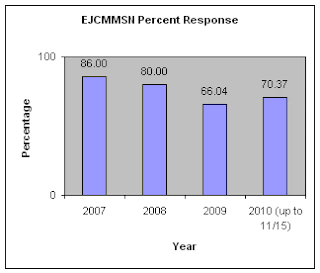This blog is a quick year of highlights from the marine science center. These pictures are just some of the accomplishments, loves, and interests from this past year. Looking forward to many more experiences like these in 2011!
12 Clean Bones!
(Staff and volunteers cleaned about 120 bones!)
11 Cast Teeth!
(Actually 44 teeth cast)
10 Children Learning!
(7,500 students joined us for educational programs this year!)
9 People beach cleaning!
(20 people joined us for our Ocean Day beach clean-up)
8 Volunteers exploring!
(We have 175 active volunteers at PTMSC)
6 Gulls perching!
(Watching the gulls perch on our dock is one of our favorite things!)
(Watching the gulls perch on our dock is one of our favorite things!)
4 Amazing AmeriCorps
3 Nudis in a row!
(We get excited when nudibranchs appear in our tanks!)
(We get excited when nudibranchs appear in our tanks!)
2 Lumpies Resting!
(One of our favorite additions to our center this year!)
1 Baby Slime Star!
All from one amazing organization!
We love you PTMSC!
From all of us at PTMSC we wish you Happy Holidays and a healthy New Year!
Peace. Love. Fishes.
Valerie Lindborg
PTMSC Lab Coordinator
Peace. Love. Fishes.
Valerie Lindborg
PTMSC Lab Coordinator


































